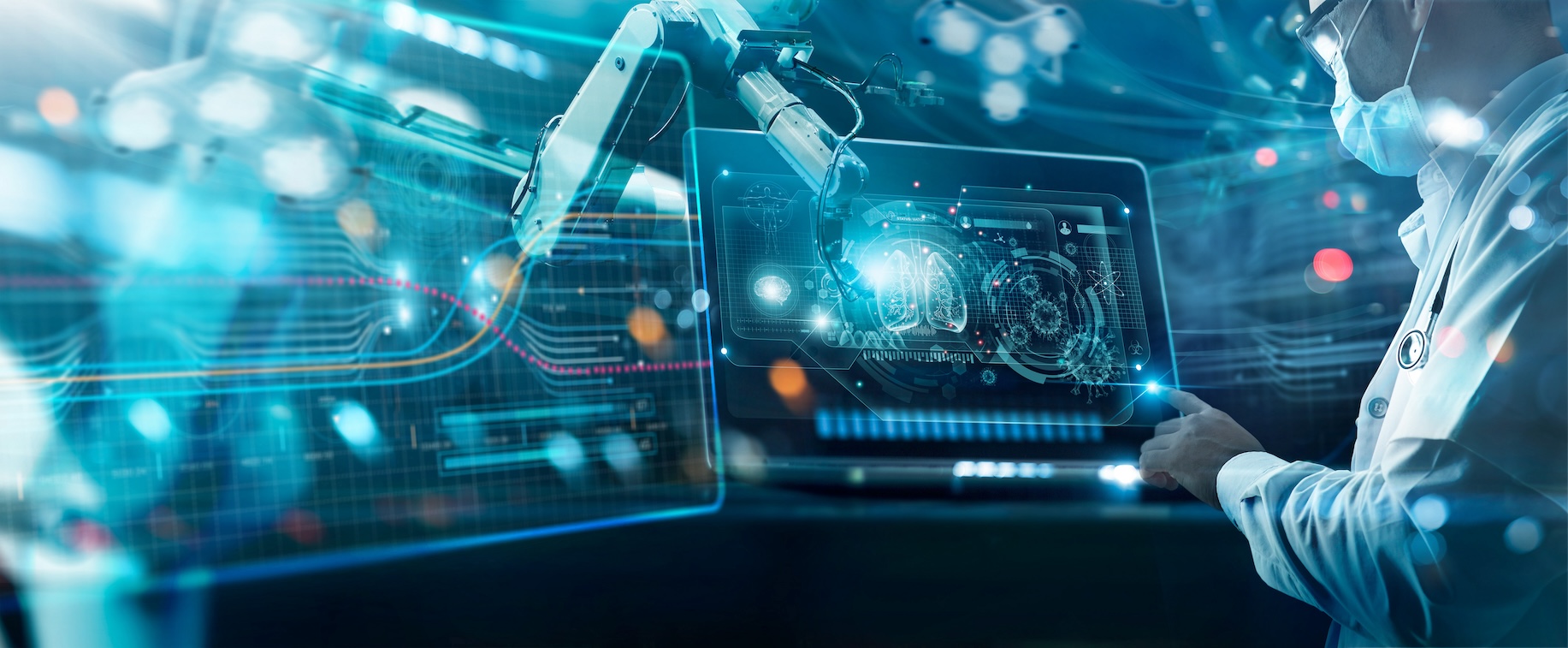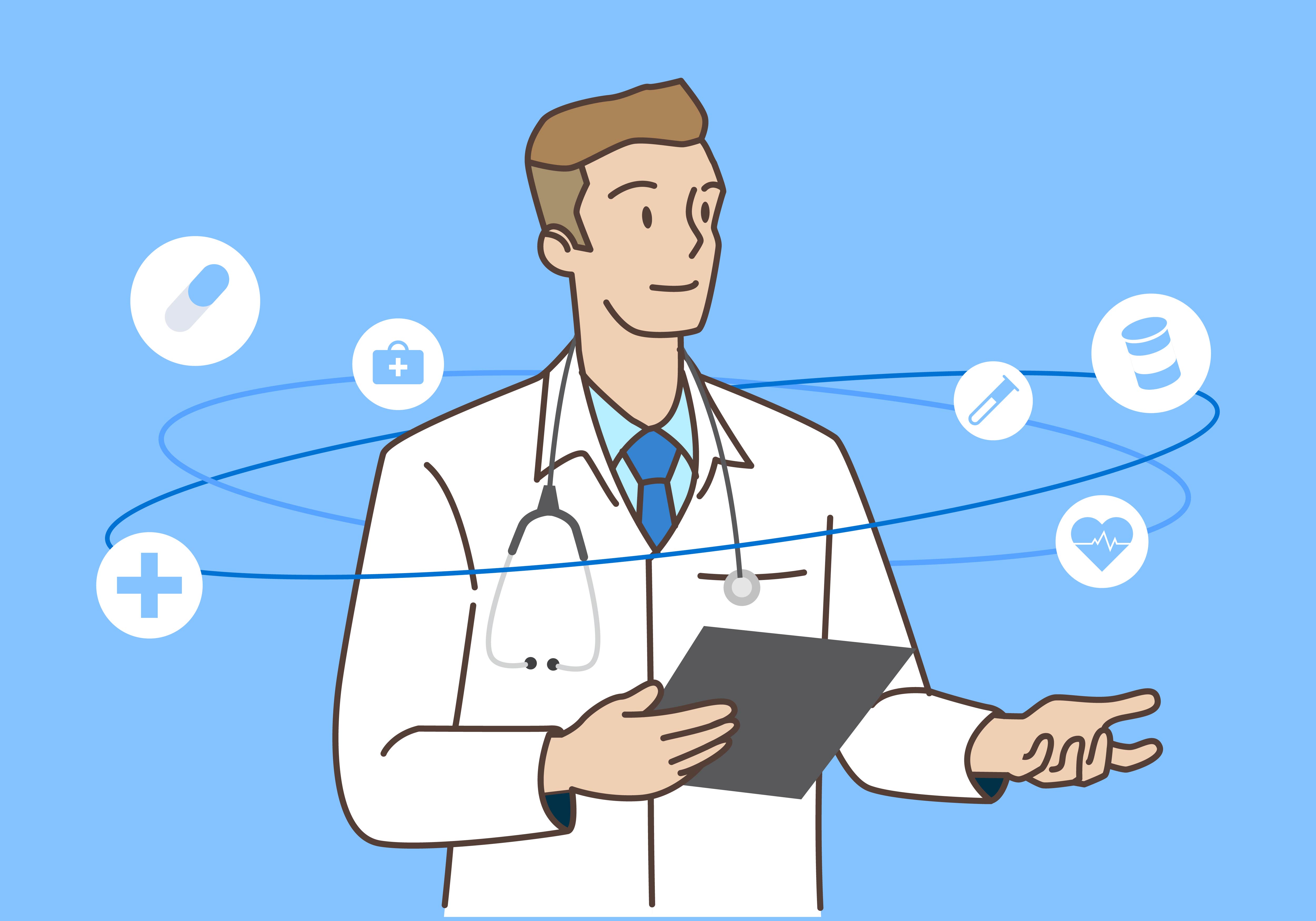Harnessing the Power of Large Language Models in Healthcare (7/22)
Table of Contents

1. Introduction
The healthcare industry is facing rapid changes due to technological advancements. Particularly, as artificial intelligence (AI) technology continues to develop, various attempts are being made to introduce AI into healthcare. The introduction of AI is bringing innovations in various areas of healthcare, from disease diagnosis to treatment. Among these, Large Language Models (LLMs) hold significant potential for playing crucial roles in medical settings. This article will explore how LLMs can be utilized in healthcare, their advantages, and their limitations.
2. What is an LLM?
A Large Language Model (LLM) is an AI model trained on vast amounts of text data, possessing language understanding and generation capabilities akin to humans. These models can understand and generate text in a way that mimics human language, enabling them to handle a wide range of tasks. Examples of LLMs include GPT-4, BERT, and T5. These models have demonstrated exceptional performance in various natural language processing tasks across different fields.

3. Major Use Cases of LLMs in Healthcare
(1) Diagnosis and Prediction
LLMs can be used to analyze a patient’s medical records, symptoms, and test results to diagnose and predict diseases. For instance, LLMs can rapidly analyze various textual data to identify which disease might be associated with a specific combination of symptoms. Recently, LLMs capable of handling multimodal data have emerged, allowing them to analyze image data as well. The results analyzed by LLMs can provide crucial reference material for medical professionals during the diagnostic process.
(2) Patient Consultation and Support
LLMs can play a significant role in patient consultations. For example, when a patient’s symptoms are inputted into an LLM, it can analyze the information and suggest possible diseases or recommend additional tests. Moreover, LLMs can provide basic information about the suggested diseases, offering insights for subsequent treatment. In this way, LLMs can offer quick and accurate responses to patients’ questions, helping them better understand their health status. However, actual medication intake or treatment processes should be conducted under the consultation of a physician.
(3) Medical Documentation and Data Management
Documenting medical information requires substantial time and effort from healthcare professionals. LLMs can be used to automatically create or summarize documents such as medical records, prescriptions, and test results. This allows healthcare professionals to perform their tasks more efficiently and dedicate more time to patient care. Additionally, LLMs can manage and analyze vast amounts of medical data effectively, providing valuable insights for long-term research and policy-making.

4. Advantages and Limitations of Using LLMs
The primary advantage of LLMs is their high accuracy and efficiency. As more data is used to train LLMs, models like GPT-4 have developed language understanding and generation capabilities similar to humans through extensive data learning. This enables swift and accurate analysis and processing in various medical fields. However, LLMs still have critical limitations. For instance, there can be issues with data bias. Despite using a large amount of data for training, there may be insufficient learning about specific diseases, leading LLMs to provide incorrect or inaccurate information. Privacy and security issues also arise. Sensitive information that can identify individuals may be used during the LLM’s learning process, and such information could potentially be outputted when querying the LLM. Finally, there is the limitation that human judgment cannot be fully replaced. Due to critical issues such as hallucination phenomena, where LLMs provide plausible but inaccurate information, medical diagnosis and treatment through LLMs should be used only as a reference.
5. Conclusion
The utilization of LLMs in healthcare holds great potential across various fields, including diagnosis, patient consultation, and medical documentation. When used, LLMs can support healthcare professionals with high accuracy and efficiency, offering better services to patients. However, it is essential to recognize the limitations of this technology and develop appropriate usage plans. The LLM market continues to grow rapidly, and LLMs are expected to play an increasingly important role in the healthcare industry in the future.
If you want to know more about AI techniques, visit here!
